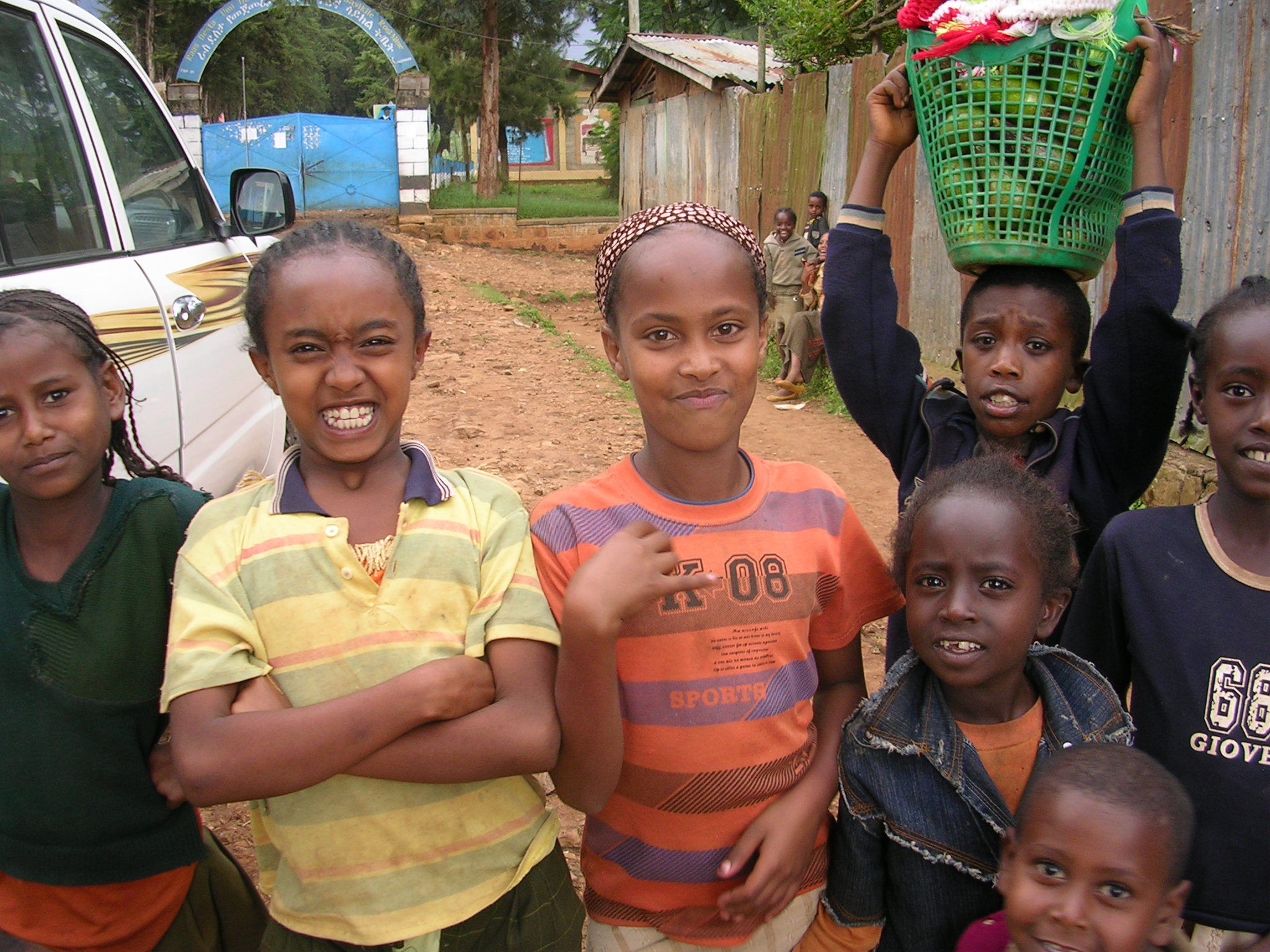By Alexis Heaton, SC4CCM Technical Advisor
CCM protocols advise community health workers on how to treat children from two months to five years of age for the most common illnesses. Whereas other programs attempt to increase access to products for an affected population, usually adults or adults and adolescents, this program is focused just on infants and children. And children are a unique group of patients. Therefore the products used for CCM need to be appropriate not just for distribution to the lowest level of the supply chain, but also for the youngest of patients.
Some countries though, continue to use adult strength products for CCM, despite the availability of pediatric-specific alternatives. Children are not just tiny adults. Their bodies are unique – their metabolisms, the rates at which their bodies absorb and clear medicines – are all different than adults and require specialized dosing. Further, medicines that may be acceptable to adults (e.g., large tablets or bitter tasting medicines) are often not acceptable to children. Therefore, the medicines included in CCM treatment algorithms need to be selected carefully, with both the distribution point and ultimate patient (and caregiver) in mind.
Products should be selected in strengths and formulations to avoid tablet splitting, even for the youngest age groups. Splitting tablets, or any sort of manipulation (crushing, grinding, etc.), results in imprecise dosing, and possible loss of effectiveness (unless tablets are tested to ensure consistent distribution of the active ingredient throughout the tablet). Further, this manipulation increases the risk of contamination due to increased handling of the medicines. Even when full tablets are advised, these may not be palatable or possible for younger children to swallow. In those cases, health workers or caregivers may try to crush or grind tablets into food or drink to create a formulation that the child will accept. This likely results in errors in dosing and may even affect the bioavailability or stability of the medicines, as they were not intended to be used these ways.
Recent guidelines from WHO recommend flexible solid oral doses, like dispersible tablets, to treat the major causes of childhood illnesses for children under five. Dispersible tablets dissolve quickly in water to form oral liquids. For CCM programs and products, dispersible tablet forms are available in pediatric appropriate strengths for amoxicillin, cotrimoxazole, ACTs, and zinc. Medicines for children should also be adequately taste-masked so that children do not spit them out or refuse to take these medicines. This is particularly important for ORS and zinc, both of which can have a strong flavor that children dislike.
So much is being invested in CCM programs now, including the resources and time to train community health workers, produce materials, develop monitoring plans, and extend supply chains to the community level. We must make sure that all of this effort to improve child health is not overshadowed by the procurement and use of adult products. Does it make sense to make the job of community health workers more challenging by asking them to manipulate tablets and cajole children into taking inappropriate or unpalatable medicines? This is not the way to build confidence with caregivers and children in the community.More critically, it seems wrong to invest so much in a program and then provide sub-optimal products that may have clinically inferior outcomes. If we are really counting on CCM to reduce mortality associated with pneumonia, diarrhea, and malaria and achieve MDG4 we must all be committed to providing access to pediatric-friendly and appropriate products to maximize the outcomes and investment made in these programs.



